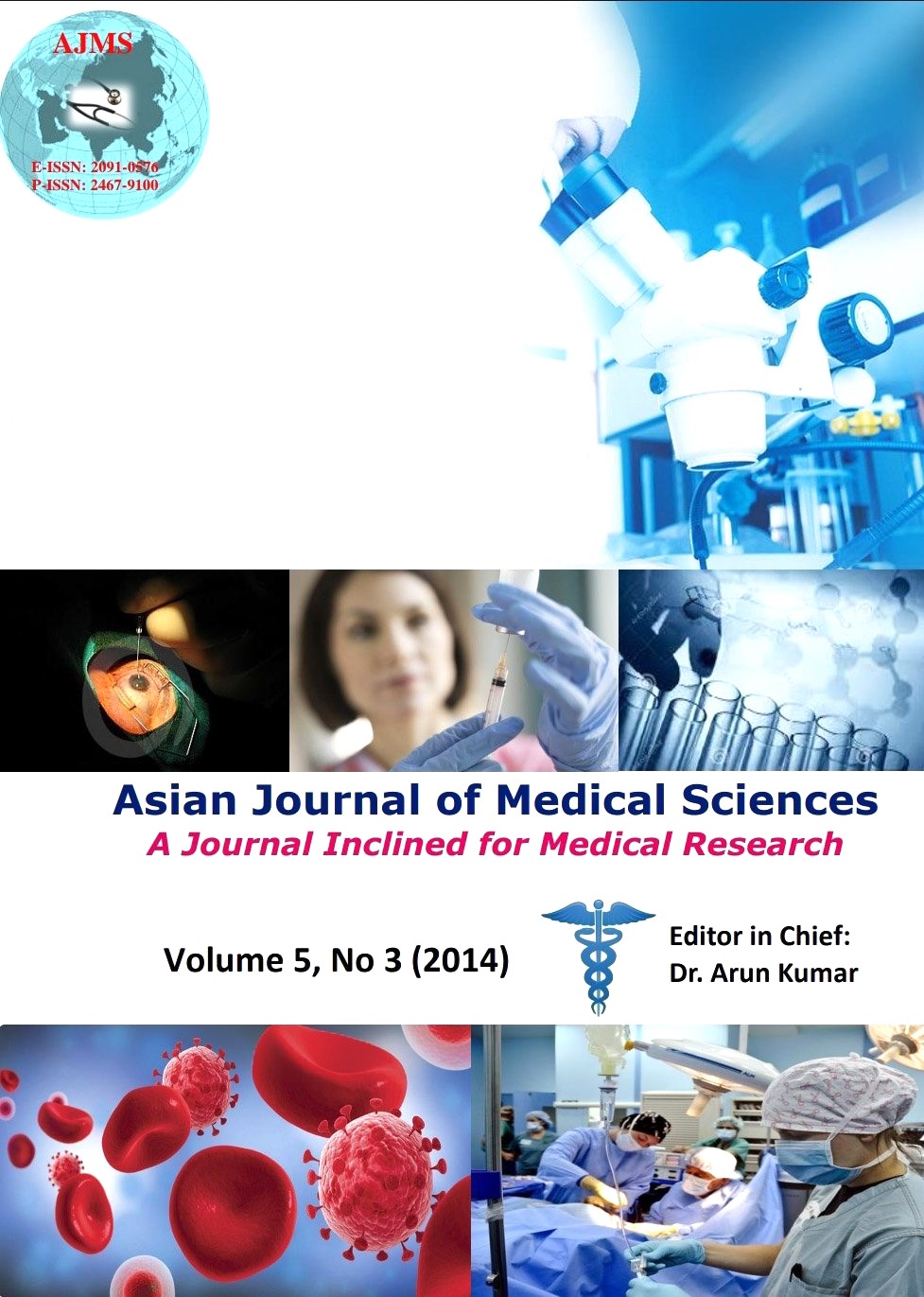Mothers’ perception of stress involved in parenting a diabetic child
Keywords:
Diabetic child, perception of stress, diabetics Mellitus, parenting, Maltese mothersAbstract
Objective: This study investigated mother’s perception of stress involved in parenting a diabetic child.
Methods: Guided by a descriptive study, a target population which consisted of Maltese mothers with children having insulin-dependent diabetes that attended the outpatient diabetes clinic in St. Luke’s Hospital was surveyed. Well structured self-administered questionnaires were used in collecting data. Parental stress index (PSI) subscales vis-à-vis parental distress (PD), parent-child dysfunctional interaction (P-CDI) and diffi cult child (DC) were the yardsticks that were used to measure mother’s perception of stress involved in parenting a diabetic child. Generated data were subjected to descriptive statistics and correlation and regression analysis with regression line charts.
Results: Results showed that mothers who had diabetic children were highly stressed with 19 out of 25 mothers scoring over 85th percentile in the parental stress index. It was also found that PSI subscales had the following trend in increasing order of stress on the mothers; P-CDI<DC<PD. This implied that PD had the greatest impact followed by DC and lastly P-CDI.
Conclusion: It was therefore surmised that mothers with diabetic children perceive and experience a lot of stress as a result of having a diabetic child. Hence, it was recommended that further study should be carried out on father’s perception of stress involved in parenting a diabetic child.
Asian Journal of Medical Science, Volume-5(3) 2014: 99-104
http://dx.doi.org/10.3126/ajms.v5i3.8910
Downloads
Downloads
Additional Files
Published
How to Cite
Issue
Section
License
Authors who publish with this journal agree to the following terms:
- The journal holds copyright and publishes the work under a Creative Commons CC-BY-NC license that permits use, distribution and reprduction in any medium, provided the original work is properly cited and is not used for commercial purposes. The journal should be recognised as the original publisher of this work.
- Authors are able to enter into separate, additional contractual arrangements for the non-exclusive distribution of the journal's published version of the work (e.g., post it to an institutional repository or publish it in a book), with an acknowledgement of its initial publication in this journal.
- Authors are permitted and encouraged to post their work online (e.g., in institutional repositories or on their website) prior to and during the submission process, as it can lead to productive exchanges, as well as earlier and greater citation of published work (See The Effect of Open Access).




